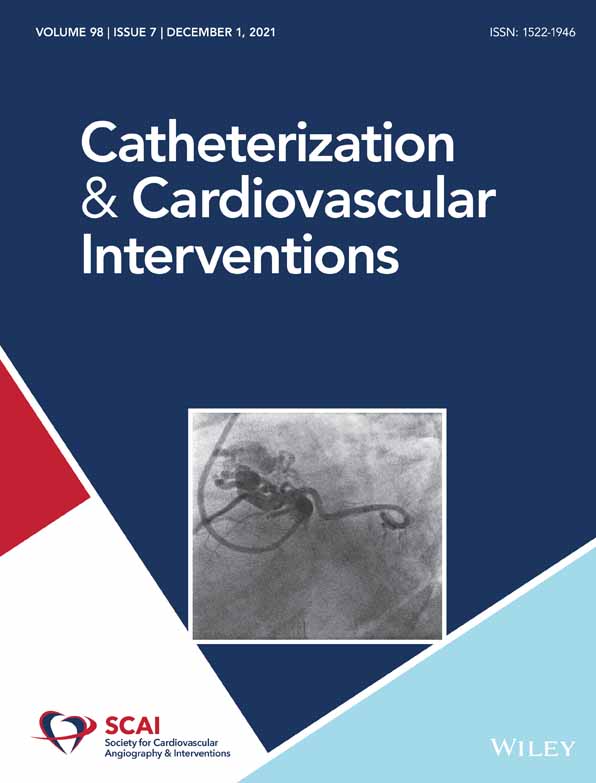Revascularisation strategies in patients with significant left main coronary disease during the COVID-19 pandemic
Abstract
Background
There are limited data on the impact of the COVID-19 pandemic on left main (LM) coronary revascularisation activity, choice of revascularisation strategy, and post-procedural outcomes.
Methods
All patients with LM disease (≥50% stenosis) undergoing coronary revascularisation in England between January 1, 2017 and August 19, 2020 were included (n = 22,235), stratified by time-period (pre-COVID: 01/01/2017–29/2/2020; COVID: 1/3/2020–19/8/2020) and revascularisation strategy (percutaneous coronary intervention (PCI) vs. coronary artery bypass grafting (CABG). Logistic regression models were performed to examine odds ratio (OR) of 1) receipt of CABG (vs. PCI) and 2) in-hospital and 30-day postprocedural mortality, in the COVID-19 period (vs. pre-COVID).
Results
There was a decline of 1,354 LM revascularisation procedures between March 1, 2020 and July 31, 2020 compared with previous years' (2017–2019) averages (−48.8%). An increased utilization of PCI over CABG was observed in the COVID period (receipt of CABG vs. PCI: OR 0.46 [0.39, 0.53] compared with 2017), consistent across all age groups. No difference in adjusted in-hospital or 30-day mortality was observed between pre-COVID and COVID periods for both PCI (odds ratio (OR): 0.72 [0.51. 1.02] and 0.83 [0.62, 1.11], respectively) and CABG (OR 0.98 [0.45, 2.14] and 1.51 [0.77, 2.98], respectively) groups.
Conclusion
LM revascularisation activity has significantly declined during the COVID period, with a shift towards PCI as the preferred strategy. Postprocedural mortality within each revascularisation group was similar in the pre-COVID and COVID periods, reflecting maintenance in quality of outcomes during the pandemic. Future measures are required to safely restore LM revascularisation activity to pre-COVID levels.
CONFLICT OF INTEREST
The authors report no conflicts of interest, financial disclosures or relationship with the industry.
Open Research
DATA AVAILABILITY STATEMENT
Our data user agreement with NHS digital does not allow us to release confidential patient-level data.




